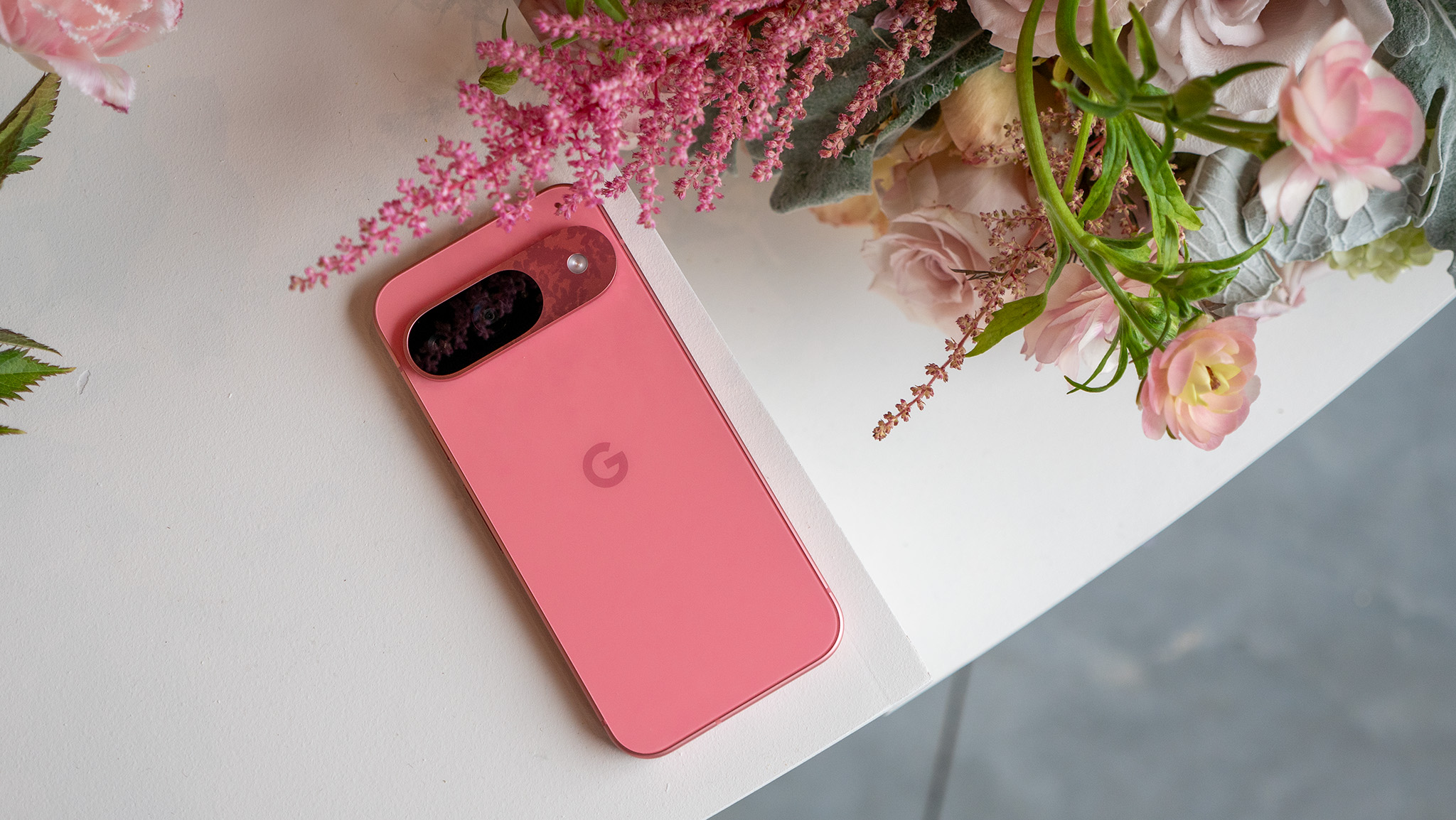Moto G Stylus 5G (2023) vs. Google Pixel 7a
The Moto G Stylus 5G (2023) and Google Pixel 7a are both mid-range phones you can get for a good price.
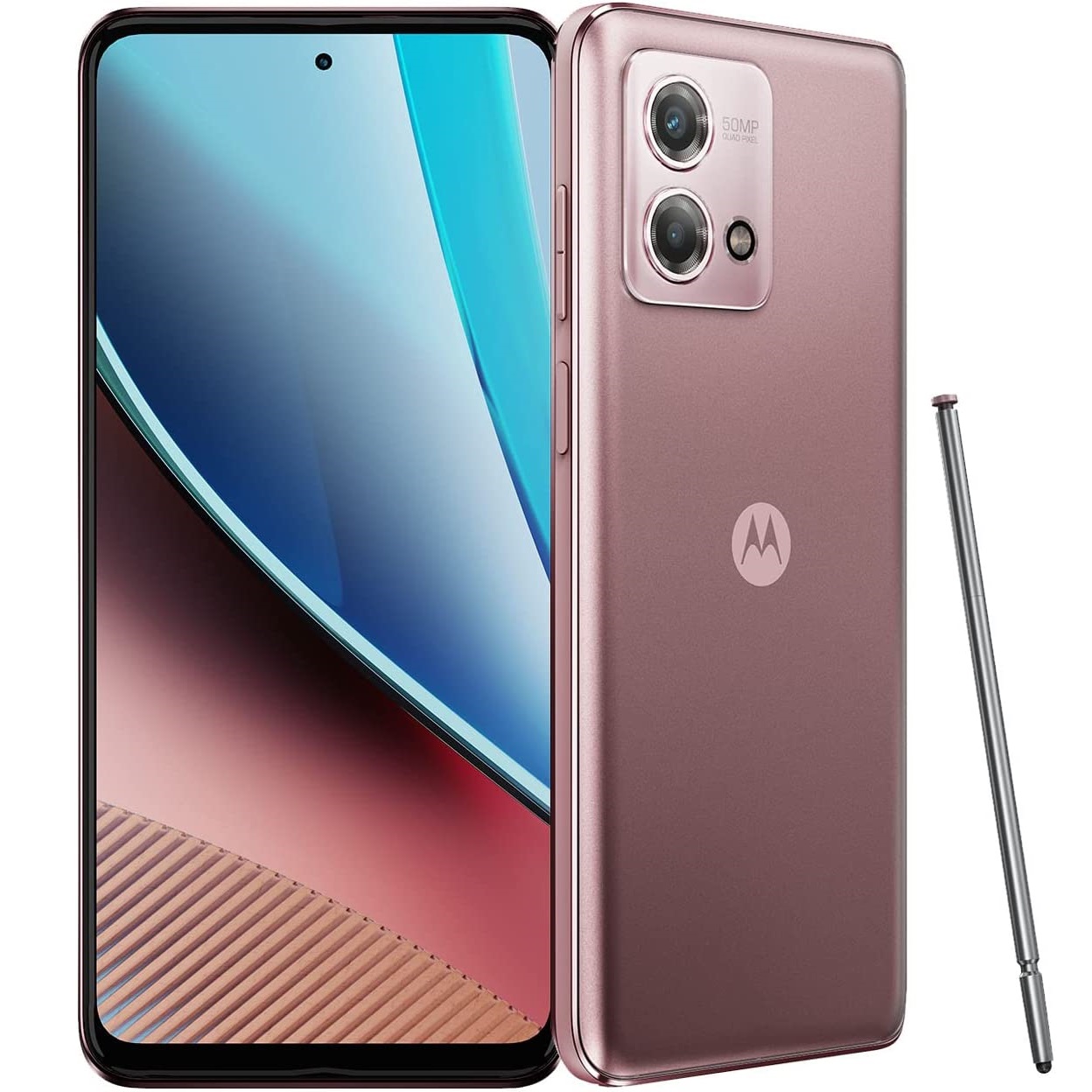
A solid mid-range phone
If you’re looking for a solid mid-range phone, the Moto G Stylus 5G (2023) is worth considering. Along with a fantastic screen with an impressive 120Hz refresh rate that affords blazing-fast processing, it has ultra-loud speakers, a snappy processor, and even comes with a built-in stylus.
Pros
- Fabulous display with good refresh rate
- All-day battery
- Loud speakers
- Nice included stylus
Cons
- Cameras aren't great
- No good software support
- No official IP rating
- No wireless charging
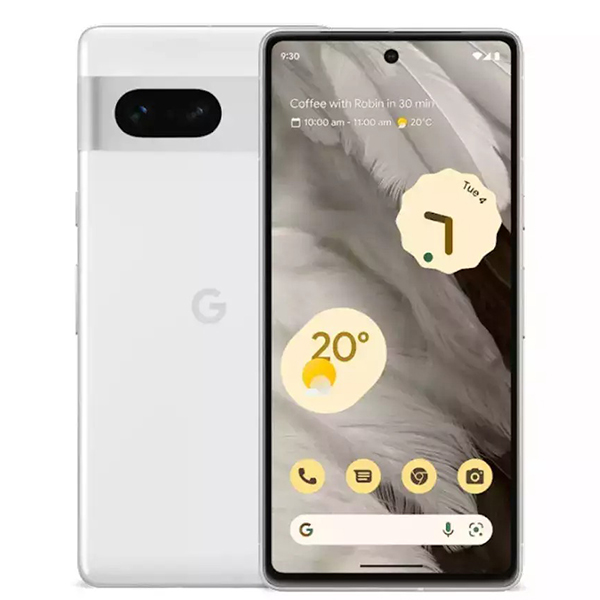
Fun and useful camera features
The Google Pixel 7a is a fun smartphone with tons of great photo features, like Magic Eraser, Real Tone, and Photo Unblur. With the Google Tensor chip, 8GB RAM, a wonderful screen, and an all-day battery, it will meet most users’ needs, and then some.
Pros
- Tons of great photo capture and editing features
- Can block spam calls
- All-day battery
- Plenty of RAM
- Ultra-fast processor
Cons
- Not a huge step-up from Pixel 6a
- Only 5W wireless charging
- No headphone jack
- No expandable storage
The Moto G Stylus 5G (2023) vs. Google Pixel 7a are two very different mid-range phones with stand-out features that might sway you towards one or the other. They both offer impressive specs but also some concessions. Choosing between them can be difficult, which is why we have put together this detailed comparison, complete with insight from colleagues who have reviewed both devices.
Moto G Stylus 5G (2023) vs. Google Pixel 7a: The aesthetics and basics
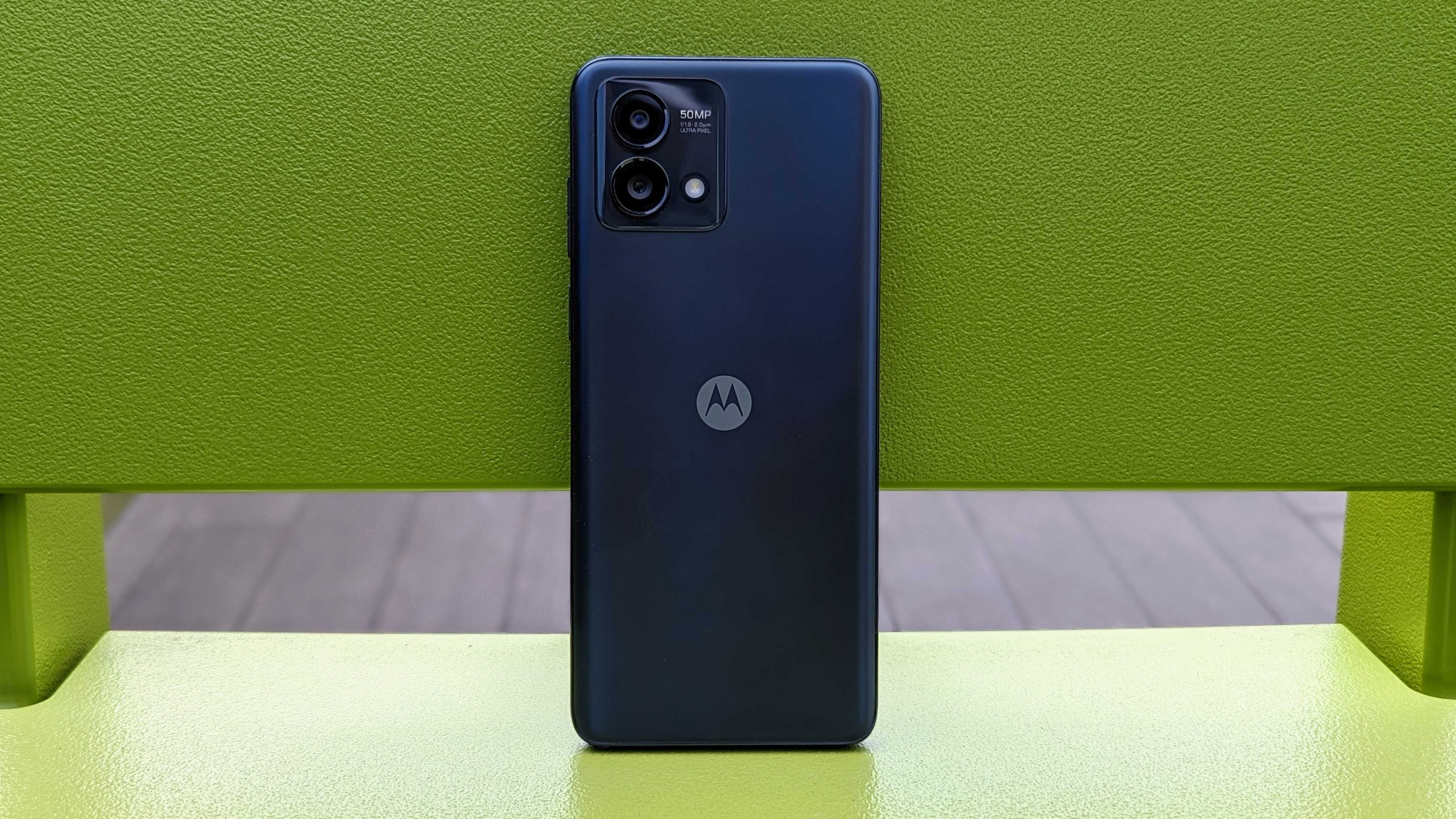
For security, there’s a fingerprint reader and face unlock. While the phone is rated as being water-repellant, there’s no official IP rating, so you might want to proceed with caution around water. It comes with either 128GB or 256GB of storage (may vary by country) but this is expandable up to 2TB via microSD card.
The Moto G Stylus 5G (2023) has a large, 6.6-inch 2,400 x 1,080 LTPS FHD+ screen with an impressive 120Hz refresh rate that Android Central’s Derrek Lee says affords super seamless and intuitive scrolling. Made of plastic, it is still soft to the touch and comes in Rose Champagne or Cosmic Black colors, the latter of which Lee says has a slight blue-ish tint to it, depending on the lighting.
Measuring 6.41 x 2.9 x 0.36 inches, it’s slightly larger but also a tad thinner than the Google Pixel 7a (but also a bit heavier). There’s a glossy camera housing that protrudes slightly from the phone, with a rear panel that curves into the frame, making it comfortable to hold, says Lee.
The 5,000mAh battery offers up to 2 days of battery life per charge, and it supports up to 20W fast charging, which is great when you need to boost the battery in a pinch. There are dual stereo speakers with Dolby Atmos support, two microphones, a 3.5mm headphone jack, and a USB-C connector.
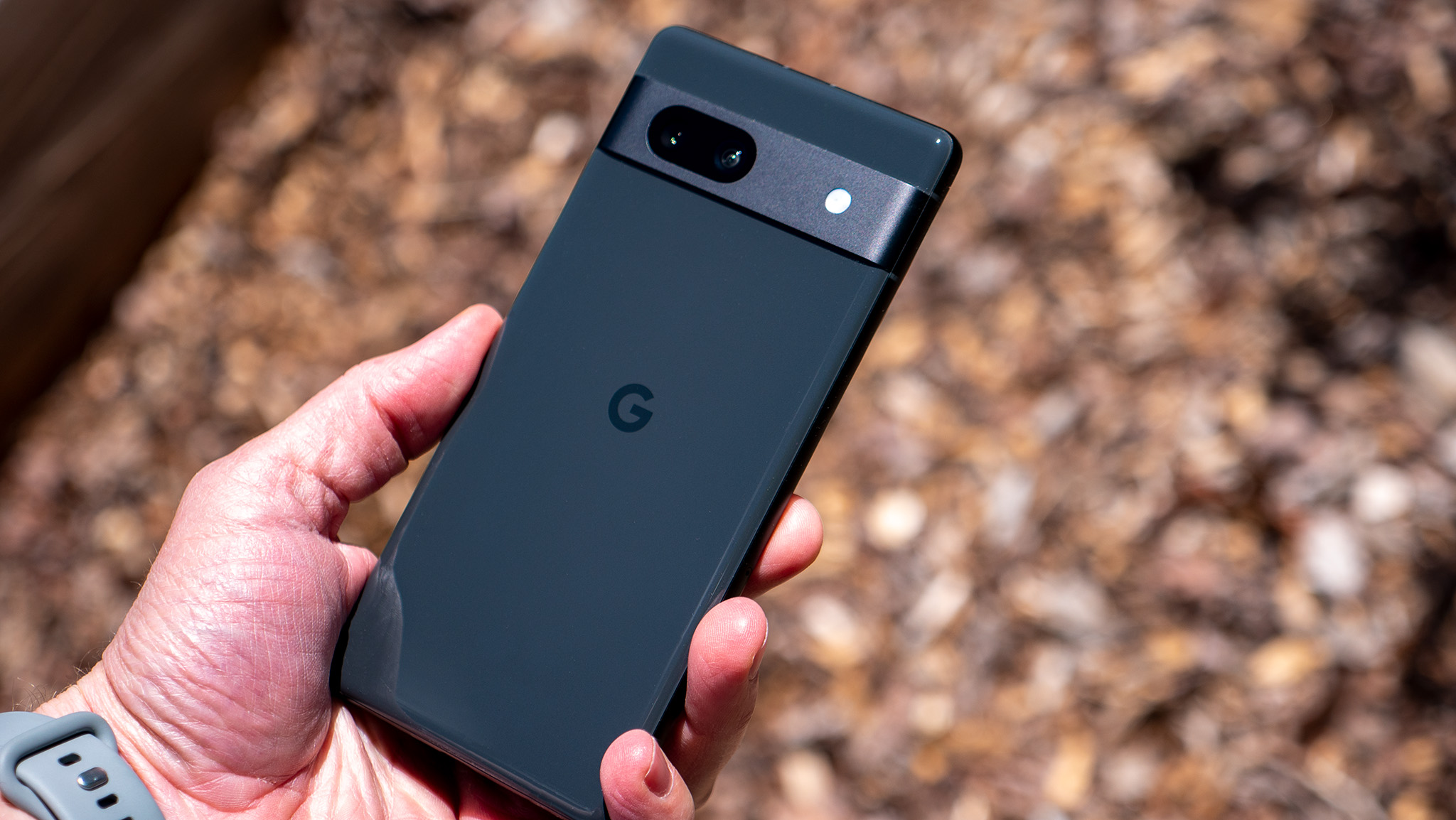
Available in Coral, Seal, Charcoal, or Snow finishes, keeping with Google’s usual color scheme, the Google Pixel 7a has a smaller 6.1-inch FHD+ OLED display with a lesser up to 90Hz refresh rate that is still quite impressive.
Made of recycled aluminum, glass, and plastic, in his review, Android Central’s Nicholas Sutrich found that while it feels more expensive than it is, the finish is also a dust and fingerprint magnet. It is splash, dust, and scratch-resistant, however, and this phone has an IP67 water-resistant rating.
Get the latest news from Android Central, your trusted companion in the world of Android
With only 128GB storage, you’ll have to rely on cloud storage if you want a ton of apps and to take lots of photos and videos. For most users, the 128GB, however, might suffice. But remember that the phone does not have a microSD card slot for adding more via an optional memory card.
The 4,385mAh battery lasts for up to 24 hours (up to 3 days, depending on use) and supports wireless charging, but only at 5W, which is a shame. (However, consider that the Moto G Stylus 5G (2023) doesn’t support wireless charging at all). Sutrich also reported some battery drain issues, so keep this in mind if an all-day battery is a top priority and you plan to use this phone heavily.
Other basic features include stereo speakers, two microphones with noise suppression, hearing air compatibility, fingerprint unlock, face unlock, and USB-C charging. It does not have a headphone jack, another omission that could be a dealbreaker (though wireless headphones are most popular nowadays anyway).
Moto G Stylus 5G (2023) vs. Google Pixel 7a: The specs
We’ll get further into processing, cameras, and other features. But first, here’s a side-by-side comparison of the specs.
| Header Cell - Column 0 | Moto G Stylus 5G (2023) | Google Pixel 7a |
|---|---|---|
| OS | Android 13 (My UX) | Android 13 (with Pixel features) |
| Colors | Rose Champagne, Cosmic Black | Coral, Sea, Charcoal, Snow |
| Screen Size | 6.6 inches | 6.1 inches |
| Screen Resolution | 2,400 x 1,080 | 2,400 x 1,080 |
| Screen Type | LTPS FHD+ | FHD+ OLED |
| Refresh Rate | 120Hz | 90Hz |
| Processor | Snapdragon 6 Gen 1 | Google Tensor G2 |
| RAM | 4GB, 6GB | 8GB |
| Storage | 128GB, 256GB (expandable up to 1TB) | 128GB (not expandable) |
| Memory Card Slot | Yes (up to 1TB) | No |
| Camera | 50MP main, 8MP Ultra-Wide, 16MP Front | 64MP Main, 13MP Rear, 13MP Front |
| Speakers | Stereo Speakers | Stereo Speakers |
| Battery | 5,000mAh | 4,385mAh |
| Wireless Charging Support | No | 5W |
| NFC | Yes | Yes |
| Bluetooth | 5.1 | 5.3 |
| Water Resistant | Repellant (no rating) | IP67 |
| Cellular | 5G | 5G |
| Size | 6.41 x 2.9 x 0.36 inches | 6 x 2.8 x 0.4 inches |
| Weight | 202 grams | 193.5 grams |
There are some differences between these two phones when you look at features like battery and charging, water resistance, RAM, and storage. Let’s take a look at how they compare in other ways.
Moto G Stylus 5G (2023) vs. Google Pixel 7a: Usability and features
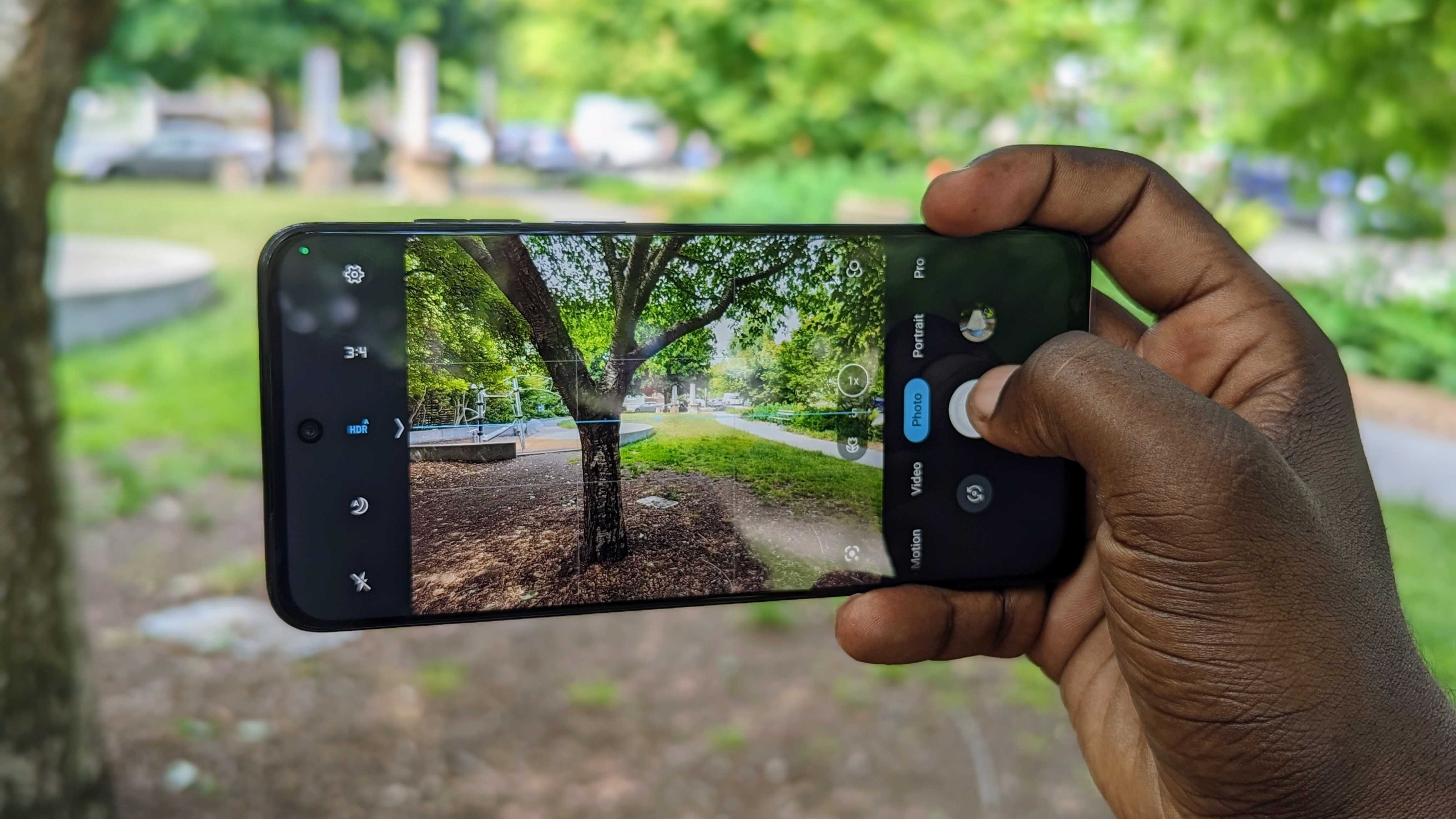
The Moto G Stylus 5G (2023) is powered by a Snapdragon 6 Gen 1 processor and connects to the 5G network. Running Android 13 with Motorola’s My UX overtop, you can do things like control the phone with gestures and customize settings to make it more personal to you. It caps out, however, at 6GB RAM.
The phone has a 50MP camera system with Ultra Pixel technology that Motorola says lets in more light. This includes an 8MP ultrawide + macro vision + depth camera and 16MP front camera. You can enjoy various shooting modes, like night vision, macro vision, portrait, panorama, and pro mode with long exposure, as well as unique photo options like face beauty, auto smile and gesture capture, and selfie animation. There’s also Google Lens integration along with the ability to take macro video portraits with video dual capture, slow motion video, time-lapse and hyper lapse video, and more.
In his review, Lee says the camera can take “very respectable photos” with bright, colorful, and detailed daylight photos with good contrast and dynamic range. But he does say night photos suffer, even with night mode turned on, losing some details. “Overall,” he says, “I’m pleased with what this phone is capable of capturing.”
Also with Google Assistant integration, the additional built-in stylus is a nice touch for making notes, editing photos, sketching, copying and pasting text, marking up screenshots, navigating pages and websites, and more.
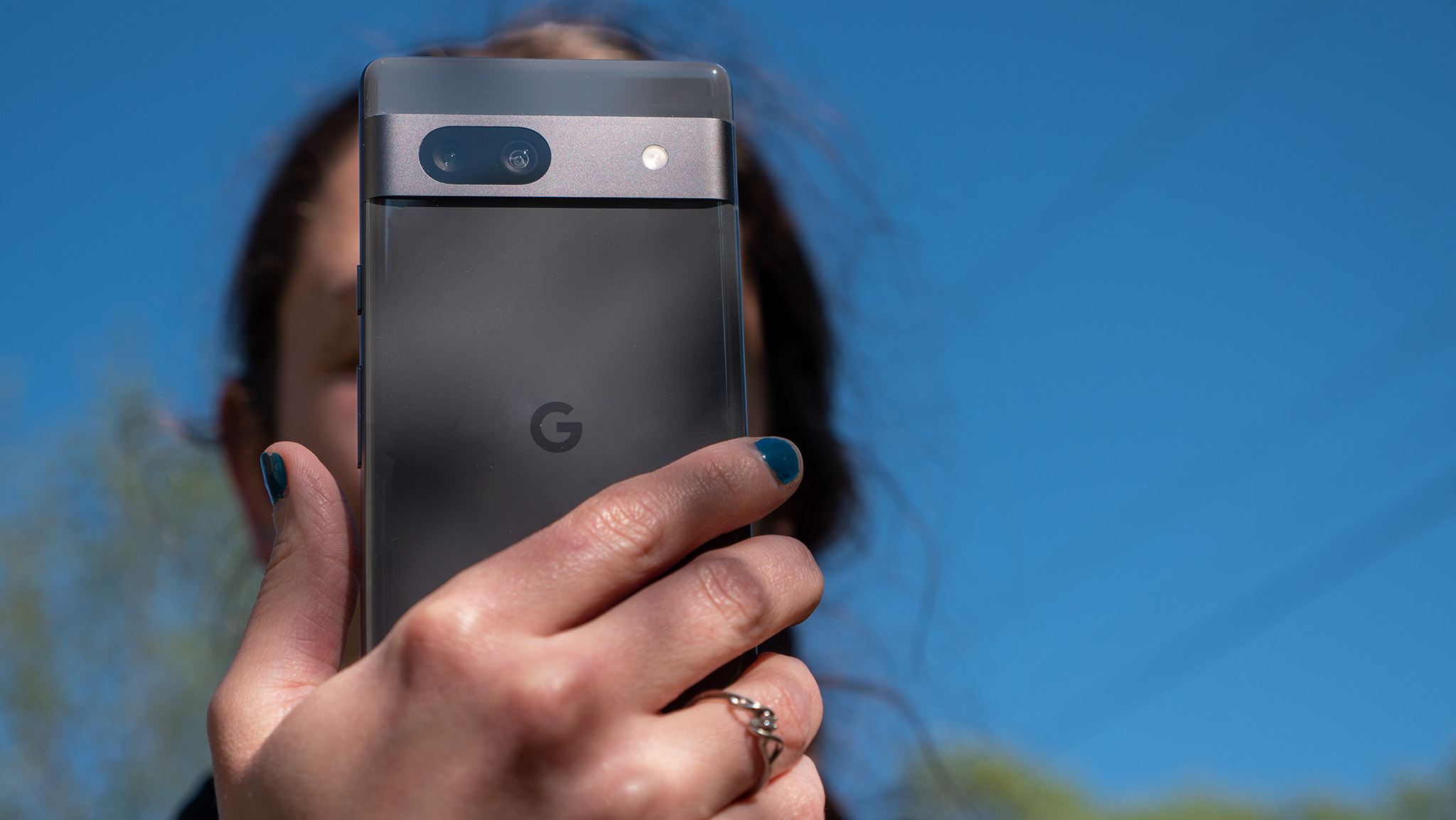
Powered by Google’s Tensor G2 chip, the Google Pixel 7a runs Android 13 as well with the Titan M2 chip and security core and an impressive 8GB RAM. The 64MB main camera is complemented by a 13MP ultrawide camera and 13MP front-facing camera. It, too, has unique camera features like Photo Unblur, Magic Eraser, Night Sight, Super Res Zoom, Long Exposure, and Portrait. There’s also Real Tone for accurately capturing different skin tones.
Sutrich says you’d be hard-pressed to find any other phone in the same price range that takes photos as well as the Google Pixel 7a. Not only does it take photos quickly thanks to the Google Tensor G2 chip, but it also takes stunning photos, both day and night. His only disappointment was in zoom detail and he found that there was sometimes a greenish tinge when playing around with white balance.
Call Assist features help with voice calling, providing clear calling, translating languages, screening calls to avoid spammers, and even showing you the best time to call a business, then waiting on hold for you. VPN by Google, meanwhile, helps protect your online activity.
An At a Glance screen provides the information you need at a glance, without having to unlock the device, like flight details, boarding passes, and weather alerts. You also get automatic feature drops every few months for things like the camera, battery, and calls. Google also promises at least five years of security updates for additional peace of mind.
Moto G Stylus 5G (2023) vs. Google Pixel 7a: Which should you buy?

When trying to decide between the Moto G Stylus 5G (2023) vs. Google Pixel 7a, both are solid mid-range phones. There are concessions with each. The Motorola G Stylus 5G (2023) has some neat features, like the inclusion of a built-in stylus, an all-day battery, extra-loud speakers, and a gorgeous screen with an ultra-fast refresh rate. But there’s no official IP rating for use around water, and no confirmation about ongoing software support. It doesn’t support wireless charging and the cameras, while decent, are nothing to write home about.
The Google Pixel 7a does have some stunning cameras and supports wireless charging, albeit at a slow speed. The battery might not last as long as you hope, however, and you’ll need to rely on cloud storage if you want to store more than the 128GB it comes with since this isn’t expandable.
The screen on the Google Pixel 7a is just as nice as the Moto G Stylus 5G (2023), though the refresh rate isn’t as fast. It’s water-resistant rated and you get the promise of security updates through the duration of time you’re likely to own it, even beyond, providing great resale value once you’re ready to upgrade.
Overall, the Google Pixel 7a might be your best bet if you’re looking to the best value for dollar. You get wonderful performance, lovely cameras with some truly unique features, and plenty of support.
If you’d rather opt for something different entirely, check out some of the best Android phones under $400, which also includes the previous-generation Google Pixel 6a as well as options for other brands.
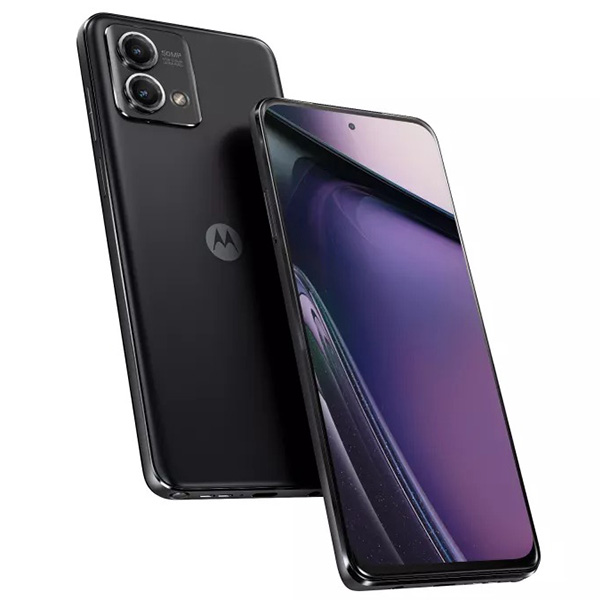
A decent option
There’s nothing particularly compelling about the Moto G Stylus 5G (2023), but if you want a decent phone with some neat added features like the built-in stylus, a gorgeous screen you can do everything from stream movies to navigate websites and take notes on, and something that will last all day, it fits the bill.

Google’s latest upgrade
The latest addition in the Google Pixel lineup, the Google Pixel 7a retains many of the great features of the Google Pixel 6a. Still, it’s more powerful, has wonderful cameras (and camera features), and offers premium processing power for a mid-range price. If offers excellent value for the dollar, something anyone can appreciate.

Christine Persaud has been writing about tech since long before the smartphone was even a "thing." When she isn't writing, she's working on her latest fitness program, binging a new TV series, tinkering with tech gadgets she's reviewing, or spending time with family and friends. A self-professed TV nerd, lover of red wine, and passionate home cook, she's immersed in tech in every facet of her life. Follow her at @christineTechCA.
